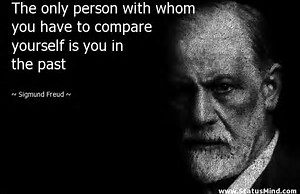 Founder - Sigmund Freud (1856-1939)
Founder - Sigmund Freud (1856-1939)
Psychodynamic: The conflicts in the Mind
This type of counselling views most adult emotional distress as the result of inner and unresolved past conflicts. A psychodynamic counsellor uses several techniques to bring repressed or forgotten experiences to the mind, helping the client to resolve them and to change patterns of behaviour. In short, by understanding the past, one can walk confidently into the future.
Psychodynamic counselling and therapy involves a number of important elements, this approach to counselling engages the therapist in three key areas:
The first is practical application of the relationship so to enable, contain and understand, such as boundaries, free association and free floating attention on the part of client and counsellor alike. This will allow the unconscious process more freedom and allow the importance of working through defences and resistance, as well as transference and counter-transference.
The second area is to work through the client’s development model from childhood and through adolescence into adulthood. The third key area is “object relations theory”; this concerns how the mind works, or how the personality is structured for the client, including Freud’s description of the id, ego and super ego (1923).
